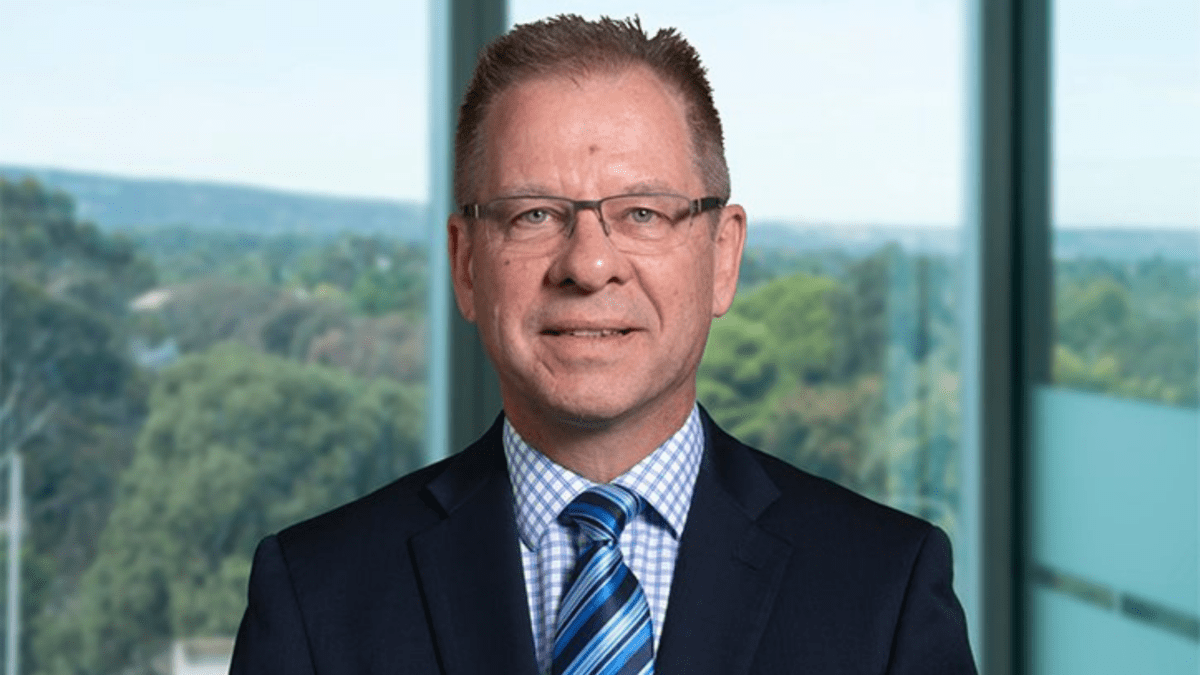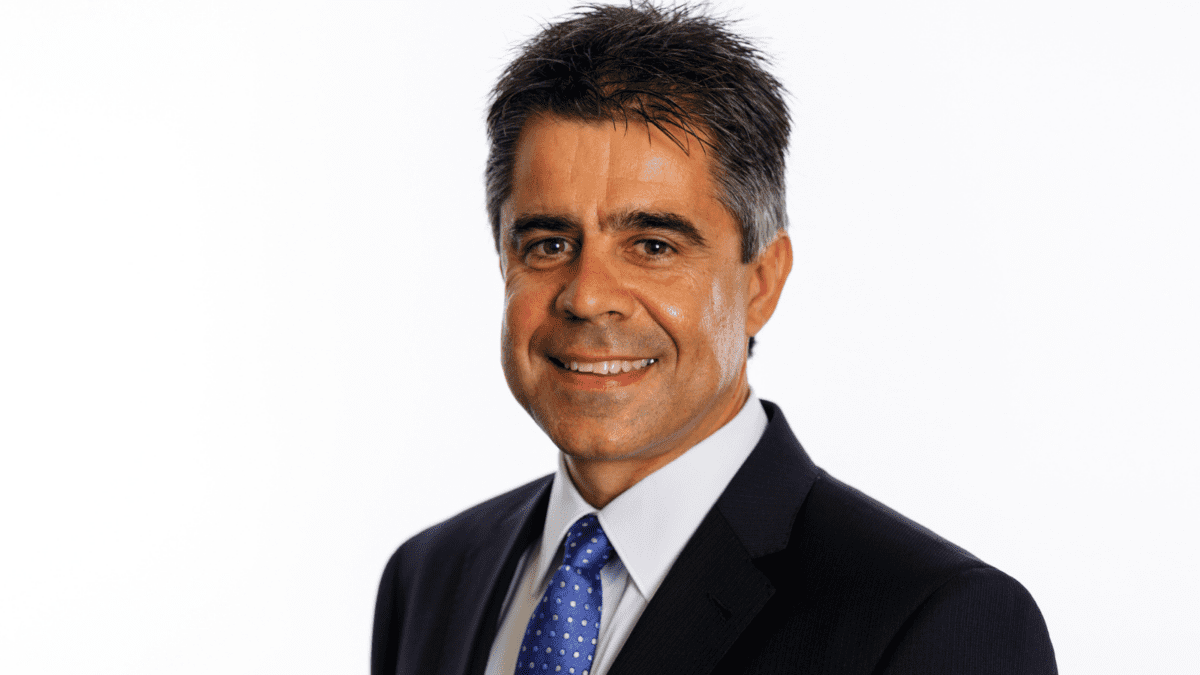After keeping their distance, SMSFs may be ready to bond with debt securities
The numbers say it all. At December 31, 2022, debt securities held directly in self-managed super fund (SMSF) portfolios accounted for just $10.2 billion or 1.2 per cent of total net assets of $846.8 billion. In sharp contrast, Australian equities stood at $256.4 billion or 30.3 per cent, cash and term deposits (TDs) at $136.5 billion (16.1 per cent) and property (residential and non-residential) at $134.2 billion (15.8 per cent).
Although managed funds and exchange-traded funds (ETFs) are likely to account for some more fixed-interest investment, the simple fact is the bond market has never had great appeal to the more than 1.1 million SMSF members. Equities, property, cash and TDs, and managed funds have been their daily investment fare over the journey, taking to heart Warren Buffett’s oft-quoted mantra, “invest in what you know”.
But has this aversion to debt come at a cost to their portfolios’ performances? Not so, says Warren Bird, former head of fixed interest at Colonial First State, who says over the past 25 years Australian equities have markedly outperformed bonds – an annualised 8.5 per cent compared with 4.7 per cent, and that equity return is pre-franking.
“For SMSFs, bonds are a yield play,” Bird says. “So, with yields being low for the past decade – in early 2020, the yield on a 10-year government bond fell below 1 per cent – they had little interest in fixed interest.
“If capital preservation was top of mind and they wanted a defensive play, then cash or TDs were the preferred option, with these deposits coming with the comfort blanket of the Financial Claims Scheme that guarantees deposits up to $250,000. If they wanted to chase yield – and increase their risk – then corporate bonds or bank hybrids were an option.”
Peter Crump (pictured), senior consultant, private wealth with BDO Australia, concurs with Bird’s analysis that hybrids have acted as a bond substitute for some SMSFs. “They’re offered a good return, and, perhaps more importantly, to date there hasn’t been a single default in Australia.
“That said, hybrids still come with a risk, and I always advise clients to have a diversified basket of these subordinated securities. Investors must realise they can be converted into ordinary shares or even written off if a bank is in financial difficulties,” Crump adds.
“The mentality towards investing in bonds by retail investors, and in this I include many SMSFs, is that they see these debt instruments as a buy-and-hold investment. In doing this it typically dovetails with their long-term investment strategies. Certainly, trading them for capital gain is not something most consider.”
Tilted playing field
There is another interesting angle to bonds. From 1961 to 1984, life insurance and super funds had to hold 30 per cent of their assets in government securities, of which at least two-thirds had to be commonwealth securities – the so-called “30/20 rule”. Philip La Greca, executive manager, SMSF technical and strategic solutions at SuperConcepts, recalls how mum-and-dad investors would buy Aussie bonds, as they were quaintly called, for as little as $10 at the Post Office.
“There was also a plethora of other debt securities courtesy of the government-owned utilities (mostly privatised today) and Telecom (renamed Telstra in 1995) that were popular with retail investors. If I remember correctly, there was a Telecom bond offering a 14 per cent coupon.”
La Greca argues that the introduction of franking credits in 1987 and the subsequent decision to make them fully refundable in 2000 tilted the playing field towards equites and away from debt.
“The argument in favour of equities, especially blue chips paying fully franked dividends, is just too attractive for SMSFs. And the GFC demonstrated that investors prepared to sit on their blue-chip equity investments would recoup their capital.”
A complex asset class
Still, some are seeing some green shoots for debt securities – with caveats. Balaji Gopal, Australian head of personal investor and financial adviser services at global asset manager Vanguard, argues the investment tide might be coming in for fixed interest.
“It’s too early to say yet, but a predicted average return of between 3.7 and 4.8 per cent for Australian bonds and 3.8 to 5.3 per cent for global aggregate bonds over the next decade could stir investor interest. It’s still below the inflation rate, but it’s probably a reasonable assumption that inflation will fall,” he says.
He noted the increasing investor focus on capital preservation. “But for this to translate into increased investment in bonds will require more education about how this market works, particularly the role it can play in a diversified portfolio.”
The view that investor education in this asset class is sorely needed is strongly endorsed by Elizabeth Moran, editorial director at Fixed Income News Australia. A self-confessed bond junkie, she says it’s a complex asset class.
“In my experience it’s not just investors that have difficulty getting their heads around debt securities. Some advisers still shy away from bonds, although we are now seeing increasing interest, probably due to increased equity volatility and rising yields. Other negatives that act as a drag on this market are limited media interest and a lack of trading transparency. This needs to change as fixed interest can play a critical role in portfolio diversification and provide regular income, especially for SMSFs in retirement phase.”
Moran is right. SMSFs need to bring themselves up to speed with debt securities. A good starting point is remembering they still come with risk. Just ask about 5,000 bond investors in Virgin Airlines who were owed about $2.1 billion when the airline when into voluntary administration in April 2020, an early casualty of COVID. When the dust settled and the private equity firm Bain Capital picked up the carcass, they received between nine and 13 cents in the dollar.










